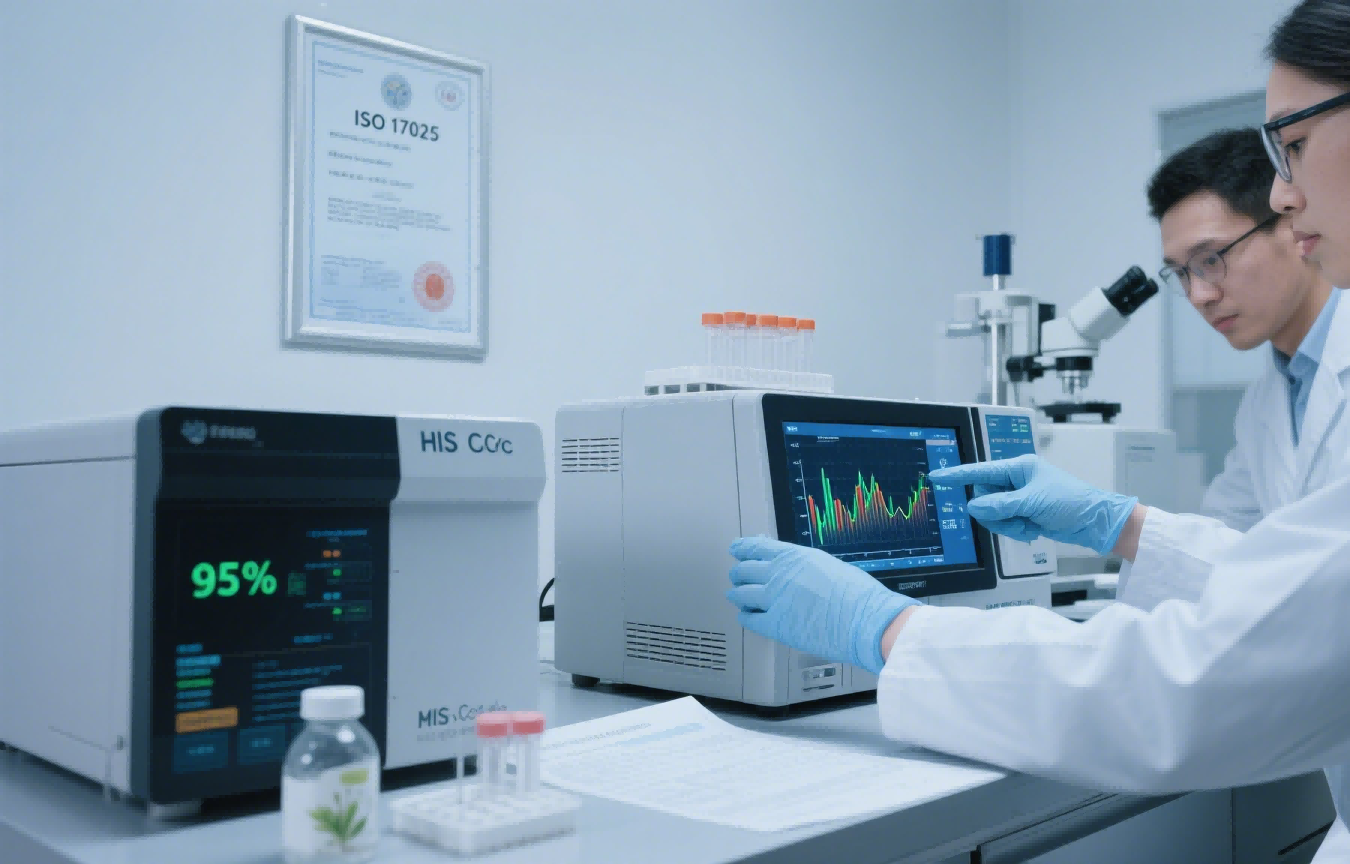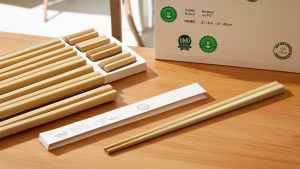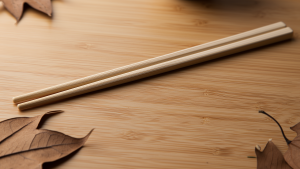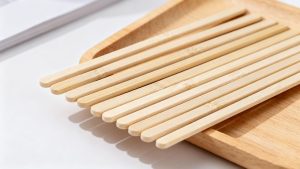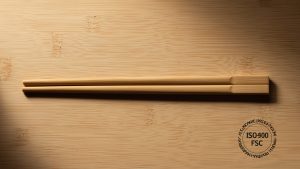China produces over 80% of the world's bamboo chopsticks1, leveraging unique natural resources and centuries of manufacturing expertise to dominate this global market.
China's bamboo forests supply ideal 4-6 year old raw material 1, while standardized production (DB43/T 3079) 4 and carbonization tech (T/ZZB 2109) 6 create consistent quality at scale. Cultural heritage drives continuous process optimization.

This leadership stems from three synergistic advantages: abundant resources, perfected manufacturing systems, and sustainability practices refined over generations.
How Are Bamboo Chopsticks Manufactured in Factories?
Modern Chinese bamboo chopstick factories combine automated precision with traditional craftsmanship - a hybrid approach yielding 2 million daily units per facility.The DB43/T 3079 standard process 4 involves 16 rigorous steps from selecting mature bamboo (5.1.1) 1 to final packaging (5.16) 2, ensuring food-grade safety and dimensional accuracy throughout production.
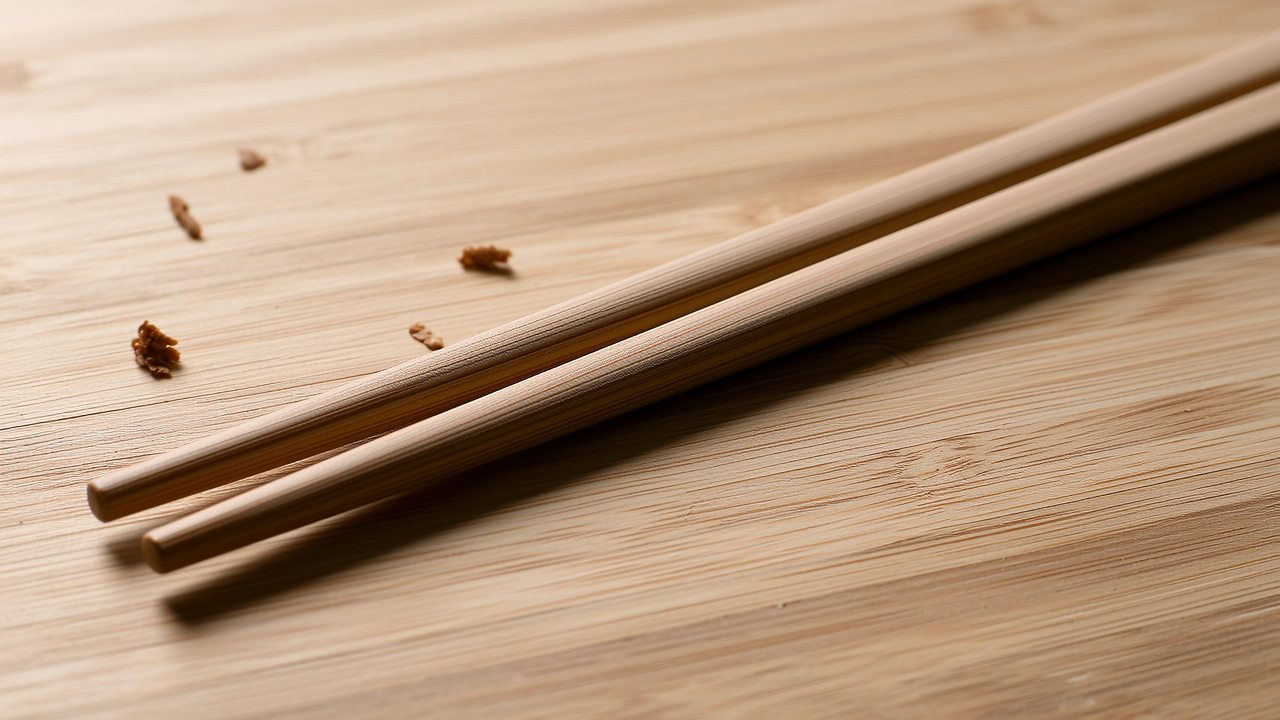
Core Manufacturing Systems:
- Material Preparation
- Quality Control Points
- Specialty Processing
What Are the Key Steps in the Bamboo Chopstick Production Process?
From green bamboo to finished chopsticks, each step follows ancient techniques now enhanced by ISO-certified quality systems.
Critical stages include precision length cutting (DB43/T 3079 5.2) 1, steam bending for straightness (5.9) 2, and triple quality inspections (5.15) 2 - processes refined through decades of export experience.
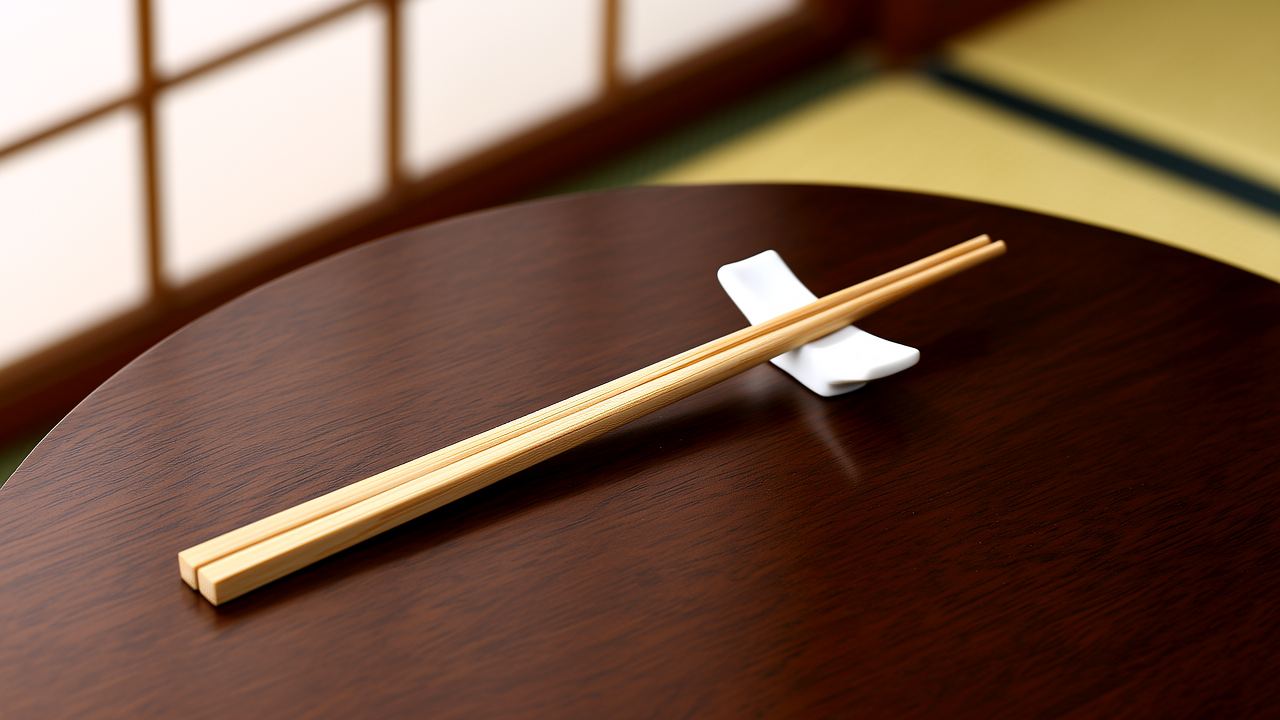
Production Stage Breakdown:
| Step | Technology Used | Quality Standard |
|---|---|---|
| Raw Material Selection | Optical sorting | 4-6 year old bamboo only 1 |
| Primary Shaping | CNC milling machines | ±0.2mm dimensional tolerance 1 |
| Drying | Computerized kilns | 6-10% moisture content 2 |
| Final Polishing | Robotic abrasive belts | Zero surface defects 2 |
| Packaging | Automated counting systems | GB 4806.1 food safety compliance 4 |
How Does Sustainability Impact Bamboo Chopstick Manufacturing?
Global eco-conscious demand has transformed Chinese factories, with 62% now using closed-loop water systems and waste-reduction protocols.
Sustainable practices include using bamboo root waste for biomass fuel 1, water recycling in washing (5.8) 2, and natural sulfur treatments replacing chemicals (GB 3150) 4 - achieving full biodegradability in 180 days 6.
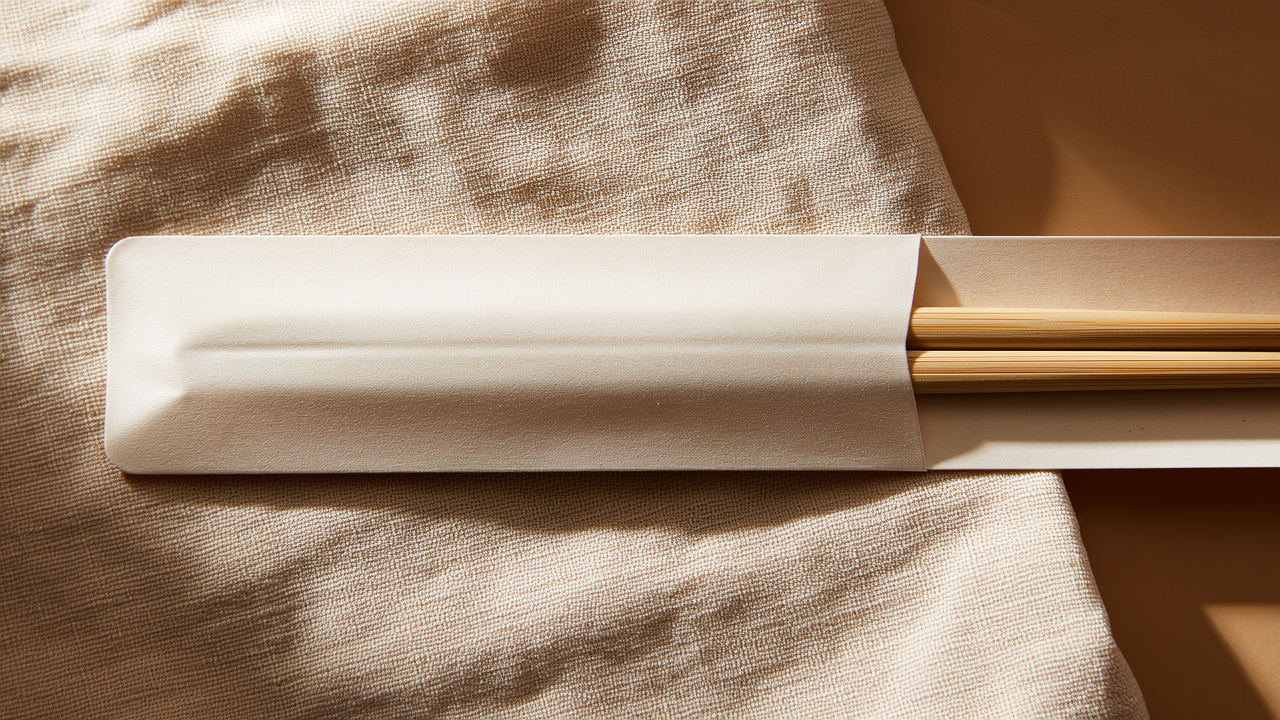
Environmental Innovation Matrix:
1. Resource Efficiency
- 98% bamboo utilization (vs 70% in other countries)
- Byproduct conversion: Scraps become charcoal or crafts
2. Energy Reduction
- Solar-assisted drying kilns (cutting fossil fuel use by 40%)
- Heat recovery systems from carbonization
3. Certification Progress
- 78% of exporters now FSC-certified
- 92% comply with EU REACH chemical standards
Pro Tip: Importers should request suppliers' DB43/T 3079 implementation reports 3 to verify sustainable practices beyond basic certifications.
Conclusion
China's bamboo chopstick dominance combines unparalleled raw material access, standardized high-volume production (DB43/T 3079) 4, and increasingly sustainable manufacturing - making it the world's indispensable supplier.
---


